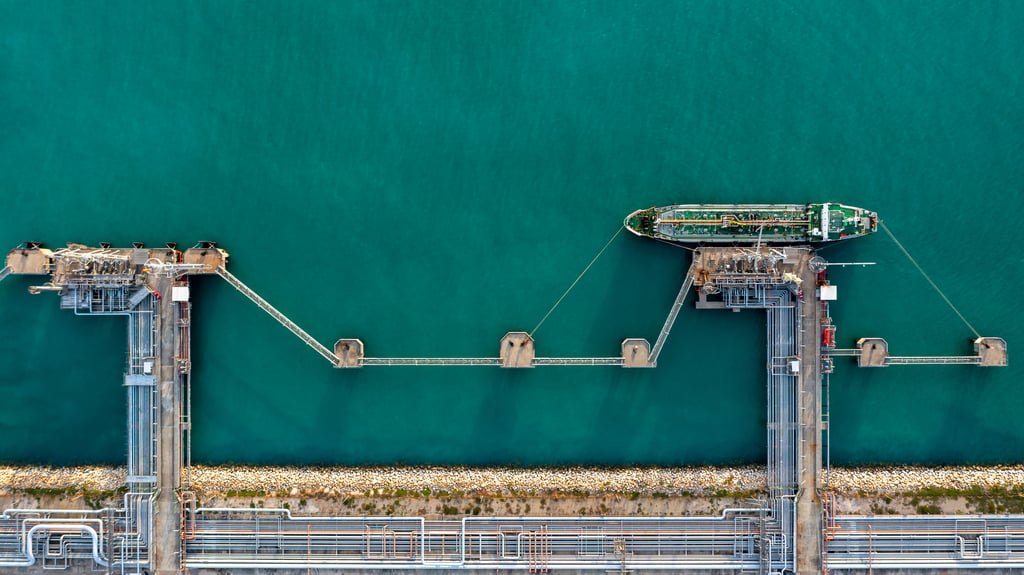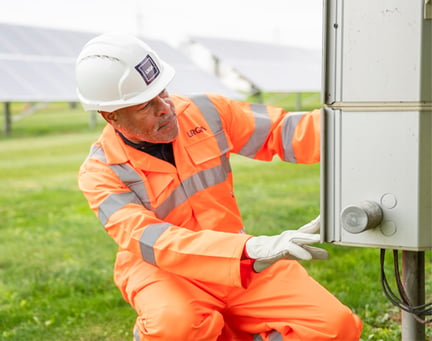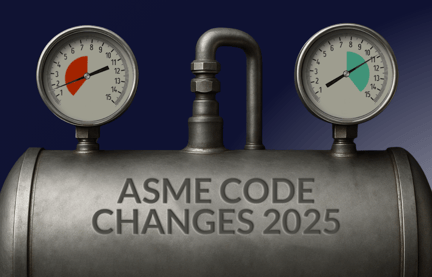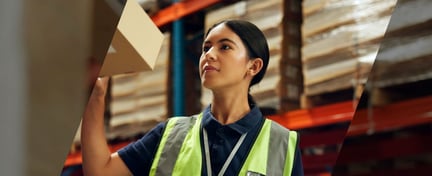One of the top safety risks on a rig is the danger of dropped objects. It is also a risk that is sometimes overlooked. Dropped object surveys help spot the hazard before it becomes an issue.
If reactivating an idled land rig were as simple as turning a key, you’d mobilize the equipment from the yard, crank the engines, start drilling and get back to making money.
In reality, bringing rigs out of retirement is complex, time-consuming and costly. Whether they’ve been cold-stacked or warm-stacked, it can take weeks or even months and hundreds of thousands of dollars to return a stacked land rig back in service. And those figures only apply if the rig has been adequately maintained while it was out of operation, and if everything during assurance testing has gone smoothly. When issues pile up, so do hours and dollars, adding even more schedule and financial pressures to the process.
One potential problem? The risk of dropped objects—defined as any object that falls from its previous static position under its own weight or by contact with an energy source—including equipment not properly secured before the rig was stacked.
Preventing one of the top 10 causes of industry injuries and fatalities
Although the amount of effort that goes into preserving the equipment prior to stacking often determines how much work—and expense—will be required to reinstate it, it doesn’t guarantee that additional resources won’t be needed. The fact is, even at a standstill, a yard-bound rig’s condition isn’t static. Rain can corrode the infrastructure, heat and sun can degrade rubber elements and dust storms can damage delicate electrical components. Climate-controlled conditions may protect against environmental harm, but there are still other threats to contend with. That includes the risk of dropped objects, which is among the top 10 causes of fatalities and serious injuries in the oil and gas industry.
In the typical derrick, there are numerous objects mounted at height. Many of them are large and extremely heavy: the top drive, the crown cluster and the monkeyboard, to name a few. But even a tool that might be regarded as lightweight can be deadly if it falls from a considerable height. According to the Dropped Object Prevention Scheme (DROPS), objects weighing less than 3 lbs. can cause fatal injuries if dropped from a height of 30 feet. Reports of dropped objects have included everything from small hand tools that weren’t properly secured to larger installed equipment that wasn’t maintained or inspected appropriately.
Regardless of the size of the object, this is a serious problem. Identifying the risk of dropped objects should always be a crucial aspect of the rig reactivation inspection, especially because it’s often overlooked during pre-stacking maintenance.
Even the most knowledgeable crew members can have blinders on about certain things. Given the daily routine of work, mounted objects become like wallpaper—everyone knows they’re there, but they’re sort of in the background. With the focus on preserving rig systems, it often simply doesn’t occur to everyone that the equipment above them could be a safety hazard. And that’s exactly the kind of lapse a thorough inspection will pick up.
Eliminating risk through comprehensive evaluation
Reactivating a rig is no place to cut corners, of course; safe, reliable, post-stack performance cannot be left to chance. After all, it’s dangerous to be on an operating drilling rig. And if the equipment is not 100 percent reliable, all you're asking for is trouble.
In the absence of regulatory oversight for the reactivation process itself, only a comprehensive inspection of the equipment’s condition, systems and components by a qualified surveyor can identify and provide authoritative guidance about problems that need to be resolved. Working with surveyors who know codes, requirements and best operating practices can make everything safer and help avoid failures in the field.
How can you ensure your survey will correctly evaluate the risk of dropped object incidents?
Ask to see the dropped object checklist. Line items should be painstakingly detailed, taking into account everything from the presence of rust flakes and the alignment of painted lines on hold-down bolts to the presence of lock tabs and retaining devices on all equipment and components mounted at height. Anything less sweeping increases the risk of a dropped object incident.
Gaining knowledge through experience
Spotting potential hazards isn’t something that can be learned overnight. No amount of classroom training can prepare someone to understand how every inch of a rig is supposed to look, sound or operate. Only hands-on, real-world experience can provide this kind of in-depth knowledge.
Each of our surveyors has worked at least 20 years on operational drilling units and have been on the Lloyd’s team for at least 10 years. This means they understand the how the human element affects risk, have the ability to uncover issues others might miss, understand the significance of what they’re looking at and are able to make sound recommendations about what to do next. Ultimately, this allows drilling contractors and operators to prioritize repairs and allocate resources appropriately, which are essential in the tight-margin rig business, and to keep people safe.












